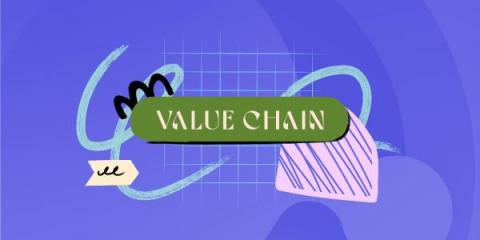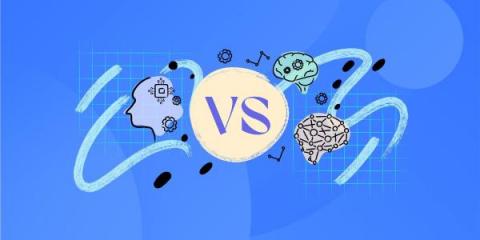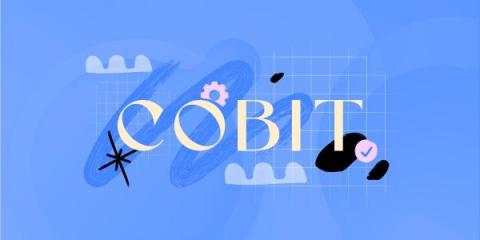Business Continuity Planning for Your Small and Medium-Sized Company
Creating a business plan is hard in itself, but keeping it during a crisis requires a high level of expertise. Luckily, you can prepare your company for disruptive situations beforehand with the help of business continuity planning. Since the pandemic, we’re even more aware of how disasters and disruptions can hit anyone, any industry, in any way or form. It disrupted supply chains, made a majority of the workforce work from home, and introduced a rapid lifestyle shift all over the world.





























